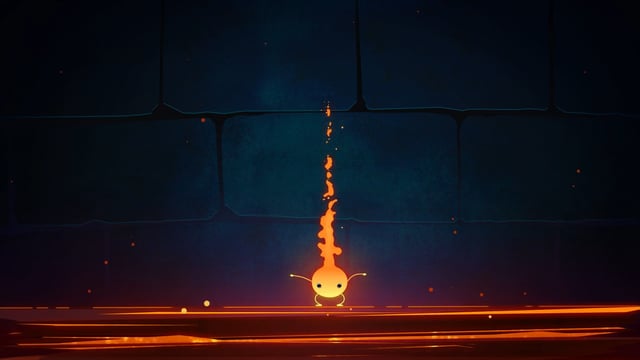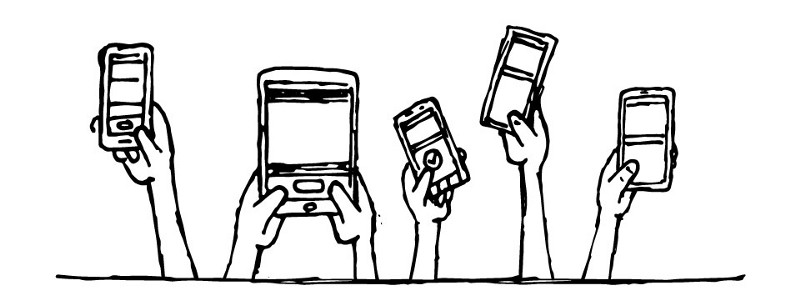Snapchat is one of the most heavily-used apps by young, so-called millennial consumers. The photo and video sharing app’s simplistic and more-private environment than Facebook or Twitter means that it’s often seen as a real threat to its larger rivals as booming video consumption makes it more and more appealing to brands and advertisers. Now the company reportedly sees more than 10bn viewed on its platform every day, through curated Live Stories, publisher’s channels and direct messages and stories between users. It’s an increase of 150% from the 4bn consumed a year ago and is actually more than the 8bn views Facebook disclosed in November.
This increasing video consumption, as well as creation by users, means the app is becoming a more important tool in any marketer’s arsenal when trying to reach its audience mostly young 100m users. There are still limitations to Snapchat for businesses (users still need to enter a brands user name of scan a QR code to follow them), but with the company targeting USD300m in ad revenue this year it continues to experiment and open up new ways for brands and marketers to utilise the app. And video will play a primary role in that.
For YouTube, the Future Looks Virtual
The many proofs of that include a session earlier this week in which Neil Mohan, YouTube chief product officer announced YouTube would add 360 degree live streaming and an audio equivalent, kicking off with some select parts of the Coachella music festival in Los Angeles this weekend.
Mohan says 360-degree video gives a viewer “an unmatched, immersive experience” and “spatial audio allows you to listen along as you do in real life, where depth, distance and intensity all play a role.” YouTube has otherwise offered 360 degree videos for the last year or so. It’s a big growth area.
IAC2016
Great group of judges last year, we are happy to participate again this year. http://www.iacaward.org/iac/judgesthank.asp Send in your submissions!
Video and Instagram impact
Instagram marketing has always been a tricky task. The platform offers visual opportunities in a format that only recently has deviated from its core offering: the square photo. Now, you can post short videos and photos in ratios as unsquare as 3:4. Those small changes made a big difference in the potential for advertising. As Mitchell Reichgut, CEO of Jun Group, notes, “Mobile video is arguably the most important advertising format today, and its growth has been staggering.”
7 Key Points to a great “explainer” video
“Explainer” videos are a great marketing tool that can leverage consumers’ ability to easily digest visual content, and quickly convert those consumers into leads, sales and revenue for your business. Considering that most explainer videos range in length between 60 and 90 seconds, you have only a small window of time to capture the your viewer’s attention and drive home your message in a convincing fashion.
Congrats to Eric McCoy
Eric and team are one our our featured creators. Check out his message below: “A very dear project of mine is premiering on MTV today! “MY DAY” is a fun music video for singer Devin Kirtz, starring his 84-year-old grandmother, as she has the best day ever. …and never forget to remind yourself, “today is […]
Congrats to JT @ 77 Films!
Jay Thames’ “Texas City – The Darkest Day” is based on the true story of the Texas City disaster. On April 16, 1947, an explosion — considered an “industrial accident” — destroyed Texas City. This film aims to tell the “real story of diverse everyday people (including the writer’s grandfather), who became unsuspecting heroes on that fateful day.” The true-story aspect will no doubt hit close to home with audiences, whether they have a direct connection or not. And we know how much the Academy likes a historical tale of heroism.
Impact of crowdsourcing video content on advertising
Dawn Hudson, the National Footbal League’s chief marketing officer who has held executive roles at ad agencies and at PepsiCo, agrees. One reason that crowdsourcing is no longer as threatening to agencies is because shops still play a role, she said. “You still need people to organize it,” she said. Crash didn’t happen “because consumers decided to do it. This program happened because somebody had the idea, organized it, made it happen, provided the vehicles.” She added: “The agency world is as relevant as ever, if not arguably more relevant, as more crowdsourced individual ideas have come to pass.”
Yule Log 2.015 – Video Killed the Fireplace

Video continues it’s relentless march towards total domination of our phones, internets, and now even our fireplaces. With Yule Log 2.015, Dan Savage has once again pulled together a group of uber-talented digital artists to create 50 takes on the traditional yule log. From the site: Yule Log 2.015 is a collection of short films created […]
It’s their story that counts, not yours.

It’s a brave new world for advertisers, and with each budding social technology and emerging device type it’s getting even newer. It’s no secret that over the past decade we’ve been steadily moving more and more of our online social interactions from devices we sit in front of to ones we carry with us. From […]
